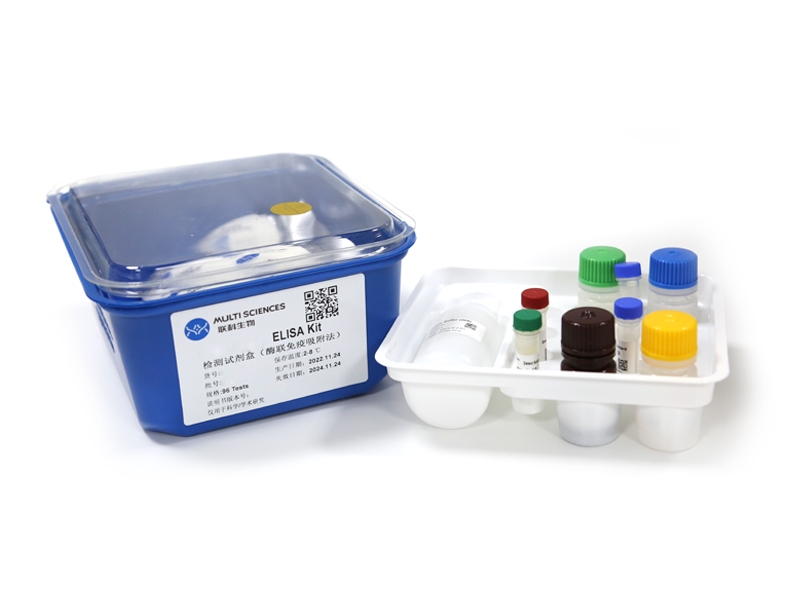Photoacoustic imaging (PAI) and photoacoustic (PA) therapy have promising applications for treating tumors. It is known that the utilization of high-absorption-coefficient probes can selectively enhance the PAI target contrast and PA tumor therapy efficiency in deep-seated tissue. Here, the design of a probe with the highest availability of optical-thermo conversion by using graphene oxide (GO) and dyes via π-π stacking interactions is reported. The GO serves as a base material for loading dyes and quenching dye fluorescence via fluorescence resonance energy transfer (FRET), with the one purpose of maximum of PA efficiency. Experiments verify that the designed fluorescence quenching nanoprobes can produce stronger PA signals than the sum of the separate signals generated in the dye and the GO. Potential applications of the fluorescence quenching nanoprobes are demonstrated, dedicating to enhance PA contrast of targets in deep-seated tissues and tumors in living mice. PA therapy efficiency both in vitro and in vivo by using the fluorescence quenching nanoprobes is found to be higher than with the commonly used PA therapy agents. Taken together, quenching dye fluorescence via FRET will provide a valid means for developing high-efficiency PA probes. Fluorescence quenching nanoprobes are likely to become a promising candidate for deep-seated tumor imaging and therapy.
文章引用产品
-
-
- EK101B
- ELISA试剂盒
Human IL-1β ELISA Kit检测试剂盒(酶联免疫吸附法)
-
¥1,600.00 – ¥10,800.00
-
- EK101B
- ELISA试剂盒
Human IL-1β ELISA Kit检测试剂盒(酶联免疫吸附法)
- ¥1,600.00 – ¥10,800.00



